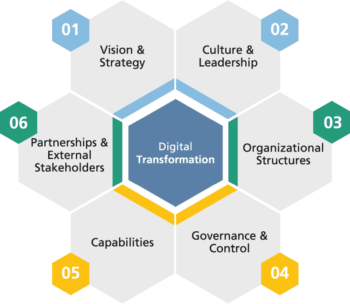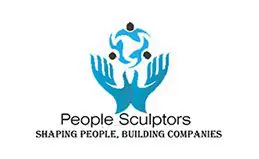Are you ready to take your business to the next level with cutting-edge digital solutions? Look no further! At InnoSewa, we specialize in providing comprehensive digital services that streamline your IT operations, enhance your online presence, and drive growth.
Started in 2017, InnoSewa helps companies make the promise of digital transformation a reality. We work collaboratively with you to create a deep understanding of the risks and opportunities presented by new emerging technologies and think creatively about how you can use these technologies to improve business performance.
Our Vision to Grow Better
Digital
Transformation
Leverage the potential of Digital Transformation as over
91% of companies have already embraced this transformative shift.
Our Vision to Grow Better
Identity and
Access Management
75% of data breaches start with privileged access credential abuse! Securely connect every user to the right level of access.
Lets Work TogetherOur Vision to Grow Better
Technology
Advisory Services
Convert corporate agendas into tangible results with good IT initiatives and well defined roadmap.
Lets Work TogetherOur Vision to Grow Better
IT Consulting Services
For Your Business
Work with a InnoSewa consultants to plan for future of your business
Lets Work TogetherOur Vision to Grow Better
# A Different
Digital Agency
We work with a focus on creativity, combining design and results.
Read MoreYour Trusted IT Solutions Provider in the US & Canada
InnoSewa is committed to delivering cutting-edge applications that optimize business operations and drive value for companies across the US and Canada. Our team of highly skilled IT professionals works around the clock to ensure seamless performance and reliability.
Effective Solutions
We collaborate with your company to identify requirements, implement technology solutions, and
drive digital transformation initiatives that maximize efficiency across the US and Canada.

Automations
We use technology and machinery to perform tasks and processes with minimal human intervention.
- Special Purpose Machine
- Laser Machines
- Print & Apply Machines
Automations
We use technology and machinery to perform tasks and processes with minimal human intervention.

Software Development
08+ years of experience, we have developed over 100+ software products
- IT Consulting
- Software Development
- Application Services
- Data Analytics
- Help Desk Services
- Infrastructure Services
Software Development
08+ years of experience, we have developed over 100+ software products

IT Services Offerings
We offer a wide range of services which lead to digital transformation of any organisation
- Web Design & Development
- Digital Marketing and Branding
- Server Management Services
IT Services Offerings
We offer a wide range of services which lead to digital transformation of any organisation
Product Ideation
Our expert staff is well experienced, trained and IT industry certified.
Our expert staff is well experienced, trained and IT industry certified.
System Design
Our CoE leads work directly with customers in this large and first phase.
Our CoE leads work directly with customers in this large and first phase.
Technology Services
Award winning Technology Services to fit and scale with any size of your business.
Award winning Technology Services to fit and scale with any size of your business.
Network Infrastructure
InnoSewa offers network and server management services
InnoSewa offers network and server management services
We hold strategic partnerships with some of the leading industry players to deliver the best-in-class solutions to our esteemed clients.
OUR WORLDWIDE CLIENT BASE
We offer customised people management solutions, but we are truly fans of InnoSewa management skills. They are always good to communicate with and they make complicated process look very simple. Their team has one of the most hard working professionals. They are just one call away from us. Our entire team highly appreciates InnoSewa's work ethics.

Sidharath Tuli
Founder & CEO, People Sculptors
In our busy schedule, sometimes it gets hard to maintain our website and rank it on the search engines, but InnoSewa made it possible for us to solely focus on our business as our online activities will be handled by them perfectly. We have never faced any problem in our website designing and maintenance because entire team of InnoSewa is very helpful and attentive.

Pawandeep Singh
Partner, Kanwal Industrial Corporation
Excellent, working with Innosewa was great. Putting together a website is a task, finding the right individual or company is even more complex. We did our search around looking for a particular company that had the ability to create, design and optimize our company's website and we were lucky to have found Mr. Amit Tiwari for the same. Thanks to him and his team, due to their knowledge and determination our website looks great and functions really good

Vaibhavi Pujara
SAP BI Analyst, Shree Durga Syntex Pvt Ltd.
Innosewa's availability and prompt response is unmatched. They have a variety of services to choose from. Great team of young and capable technical minds who have a great future ahead.

Subuhi Khan
Lawyer, Social Activist
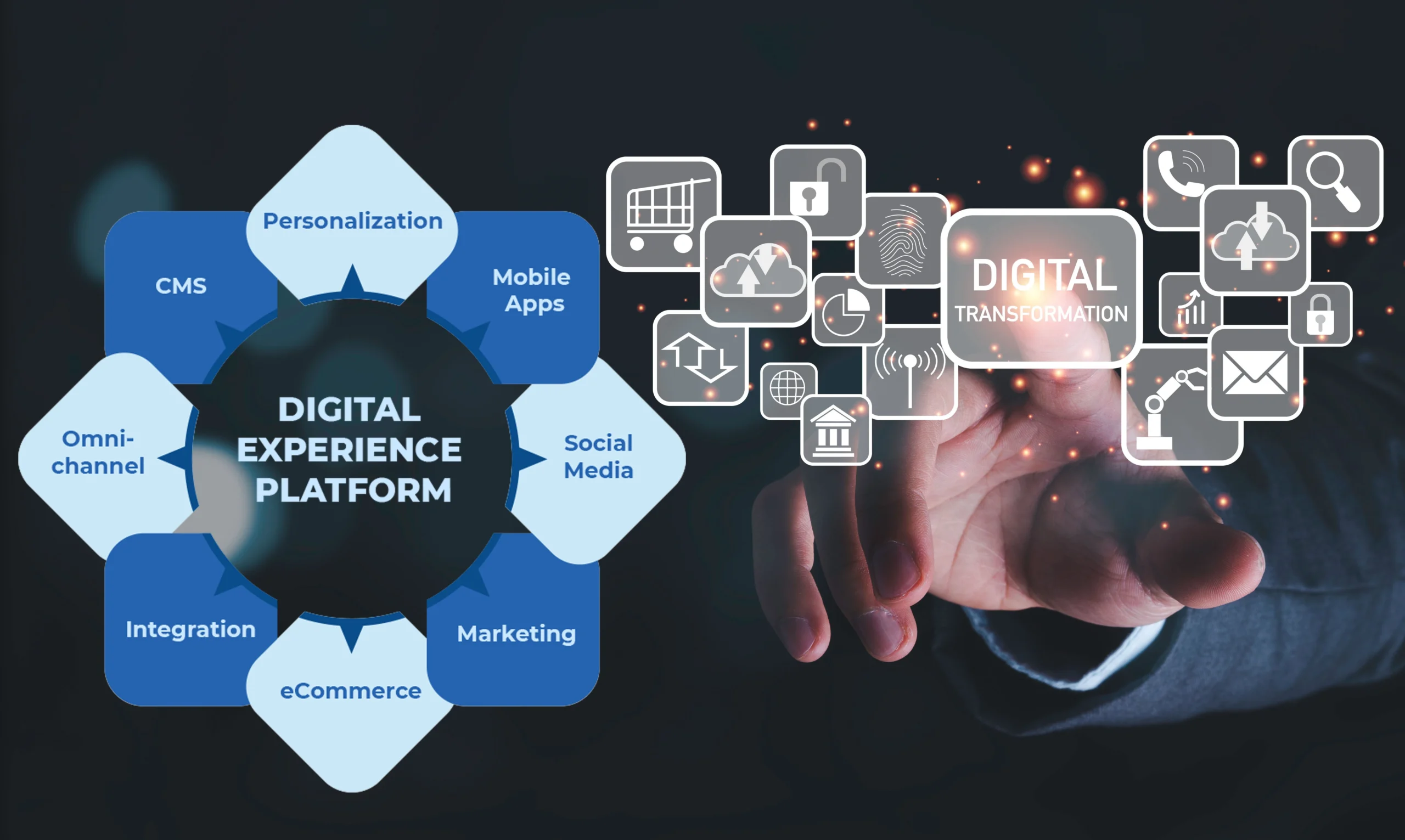
- innosewa
- Post Comment
How to Build a Unified Digital Experience
How to Build a Unified Digital Experience: Integrating Website, E-Commerce, Mobile App & Server Management In today’s world, customers don’t just interact with your business — they experience it. Whether…
Read More
Branding with Motion: How Animation Boosts Engagement & Storytelling
Branding with Motion: How Animation Boosts Engagement & Storytelling In today’s fast-moving digital world, simply having a logo or static brand identity is no longer enough. Audiences are flooded with…
Read More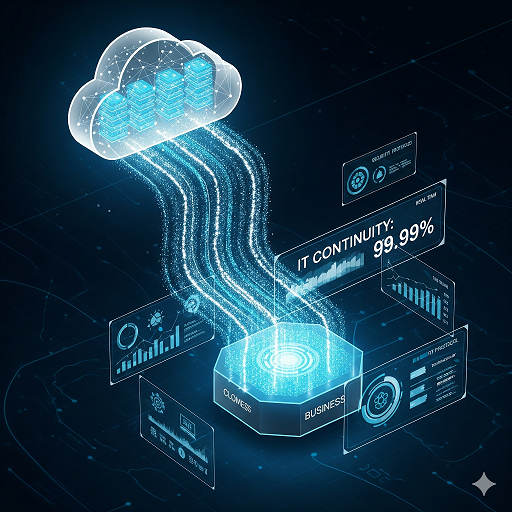
Future-Proof Your Business: 5 Strategies for Seamless Cloud Migration and Managed IT Continuity
How AI-Powered Automation Is Changing the Game for Small Businesses The digital world is moving at lightning speed, and businesses that fail to adapt risk being left behind. Customers expect…
Read MoreWe are here to help! Fill out just a little information about your requirement and we will get back to you with proposed solution.

